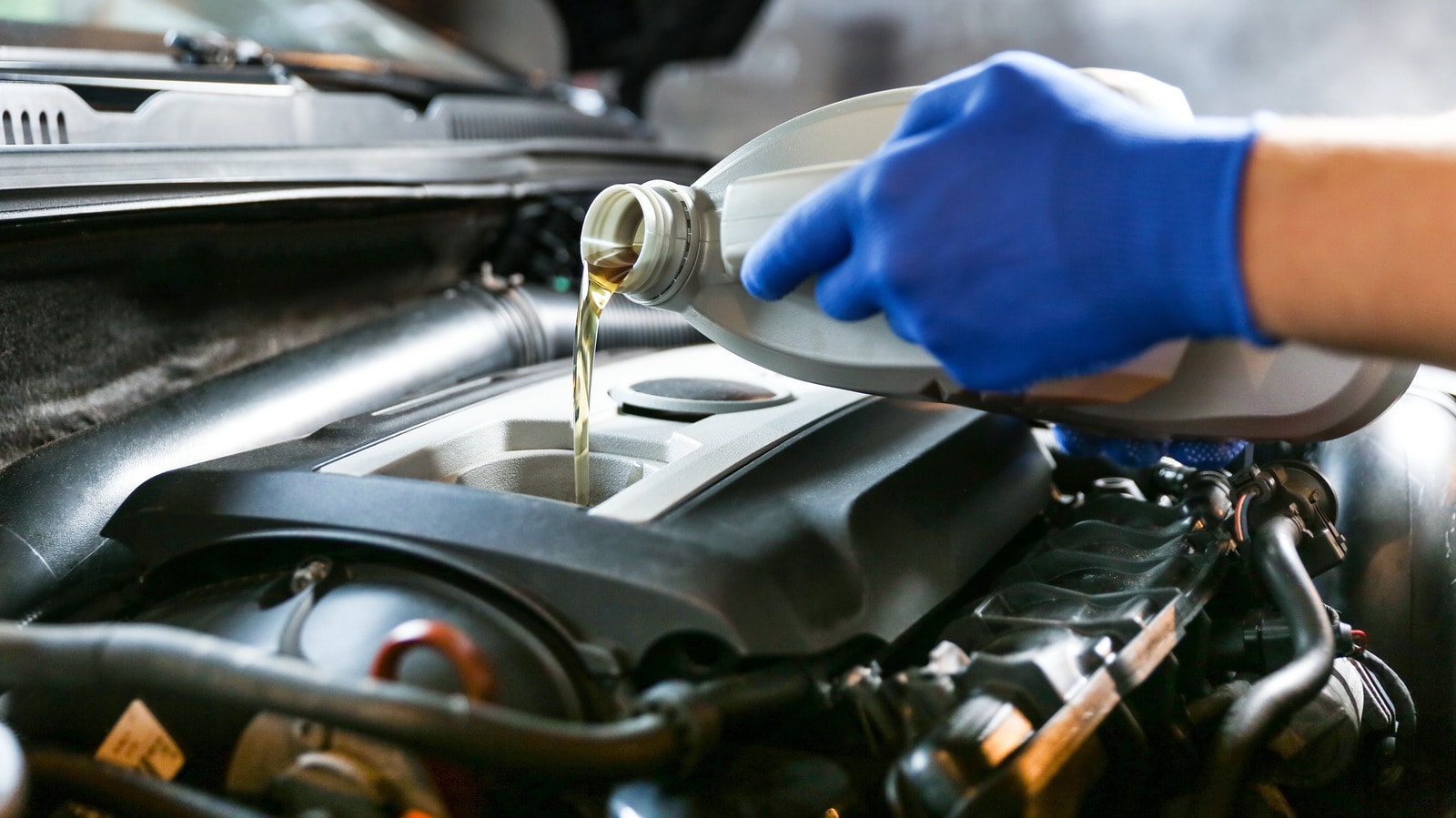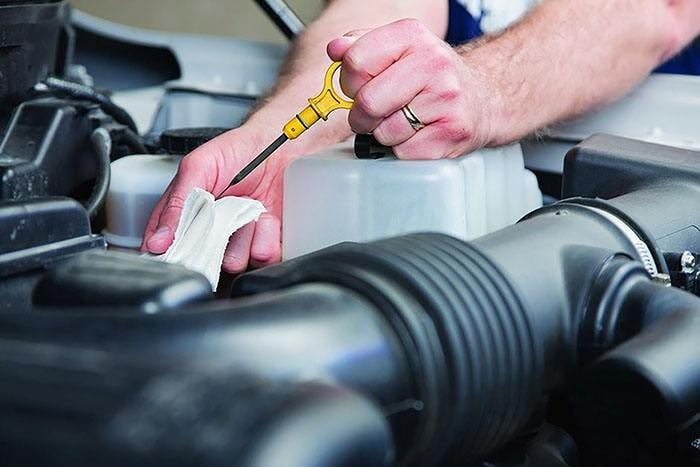A car cannot run properly if its engine is in trouble and maintaining engine health starts with the basics like proper oil changes.
Engine oil, whether synthetic or conventional, plays a key role in lubricating machine parts, reducing friction, limiting wear and tear, and washing away dirt. If not changed regularly, or if the oil level is insufficient, the reduced lubrication ability will cause the engine to quickly deteriorate, or even fail completely.

Keeping your oil at the right level is a simple yet effective way to prolong the life of your vehicle and avoid unnecessary problems. On the other hand, not adding enough oil can lead to many serious consequences.
Early warning signs may include: an oil pressure light on the dashboard, an unusual knocking noise from the engine, or the engine running at a higher temperature than normal. If you notice any of these symptoms, you should get it checked immediately to avoid a worse situation, because even a small lack of oil can cost you the entire engine.
Serious consequences when oil level is too low
Not filling the engine with enough oil is not just a small mistake, it can be the cause of a series of serious damages in the vehicle's operating system. When there is not enough oil to lubricate, the metal parts in the engine such as the crankshaft, camshaft or bearings will have to operate with higher friction than normal. This increases the temperature inside the machine and causes excessive wear on the mechanical parts, pushing the engine to the risk of failure earlier than its design life.
In addition to its lubricating role, oil also has the function of absorbing and dissipating heat generated during operation. When the amount of oil is insufficient, the heat dissipation capacity is reduced, making the internal parts of the engine susceptible to overheating. High temperatures can warp metal parts, once deformation occurs, not only the parts themselves are damaged but also affect the chain to other parts.
In addition, oil is also a protective layer that helps wash away dirt, metal chips and dust generated during combustion and friction. When there is too little oil, this cleaning function is no longer effective, leading to dirt accumulation inside the engine. Long-term dirt will clog the oil line, reduce performance and eventually cause serious damage to the entire engine if not handled promptly.
Always keep oil levels at optimum
Car maintenance can be intimidating, but checking your engine oil level is one of the simplest things you can do to prolong the life of your vehicle. While modern cars are often equipped with sensors and automatic oil change alert systems, the technology doesn't always work correctly. For older cars or if the sensors are malfunctioning, knowing how to check your oil level manually is an important skill for any car owner.

Before you start, make sure the engine is off and has had enough time to cool down, and you definitely don’t want to open the hood while it’s hot. Find the dipstick, a small metal stick that usually has a brightly colored handle, pull it out, wipe it clean with a towel, then reinsert it completely and pull it out again to check the oil level. If the oil level is between the “Min” and “Max” marks, the oil is at a safe level. If it’s lower, add more oil.
If you don’t want to do it yourself, taking your car to a garage for regular maintenance is a perfectly reasonable solution. Changing the oil at the right time not only ensures that the engine is always lubricated effectively, but also ensures that your car is always running on clean and sufficient oil, which is essential to protect the engine from damage in the long term.
Source: https://baonghean.vn/dieu-gi-xay-ra-neu-ban-do-thieu-dau-dong-co-cho-xe-o-to-10302447.html















































































































Comment (0)